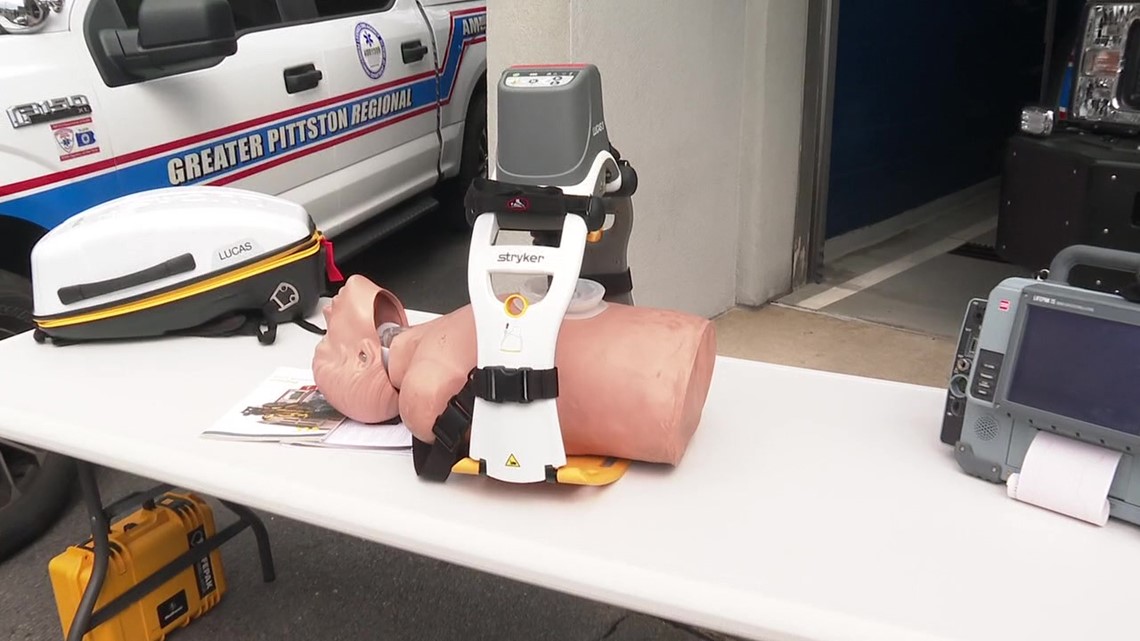PITTSTON, Pa. — First responders have played a vital role in the response to COVID-19, helping so many people battling the disease.
Now, they're receiving help.
Rural departments, strapped for cash, will have the chance to adopt new technologies that can be the difference between life and death.
The pandemic has been a challenging time for first responders from Greater Pittston Regional Ambulance, putting themselves in harm's way to help those battling the worst of the disease.
"In the midst of COVID, one of the biggest challenges was keeping great staff," added Xochitl Torres Small, USDA secretary of rural development. "They knew they had to pay the high-quality wages to keep that great staff, but that limited the amount they could pay for the life-saving equipment that's also crucial."
Ambulance associations across the commonwealth are now getting the help they need. Torres Small announced more than $10 million for rural departments in the state through the Emergency Rural Healthcare grants.
Some of it is heading to the regional department in Pittston.
"Giving them the right tools to be able to do their job, they have the skills, but to give them the equipment to be able to carry out those skills, is important," said Mike Lombardo, vice president of Greater Pittston Regional Ambulance.
Greater Pittston Regional Ambulance is receiving more than $200,000 from the grant, making an immediate impact. The department has doubled the number of heart monitors in its fleet, meaning more units can respond to more calls and get there faster.
New loading technology is safer for EMS and for patients, getting people into the ambulance without first responders needing to strain. Specialized chair devices let paramedics bring heavier patients down flights of stairs with ease.
CPR machines, costing $20,000, will help first responders safely revive patients anywhere.
"We talk about fire, we talk about police, sometimes EMS gets forgotten," Lombardo said. "It's nice to be remembered, it's nice to be able to cut into the funding stream for something so important."
All of the new technologies come at a cost.
The loading system for the back of the ambulance costs $50,000, not including the cost to install the equipment.
The department chief said the grant money will be put to good use, helping first responders provide the best service possible.


Check out WNEP’s YouTube channel.

